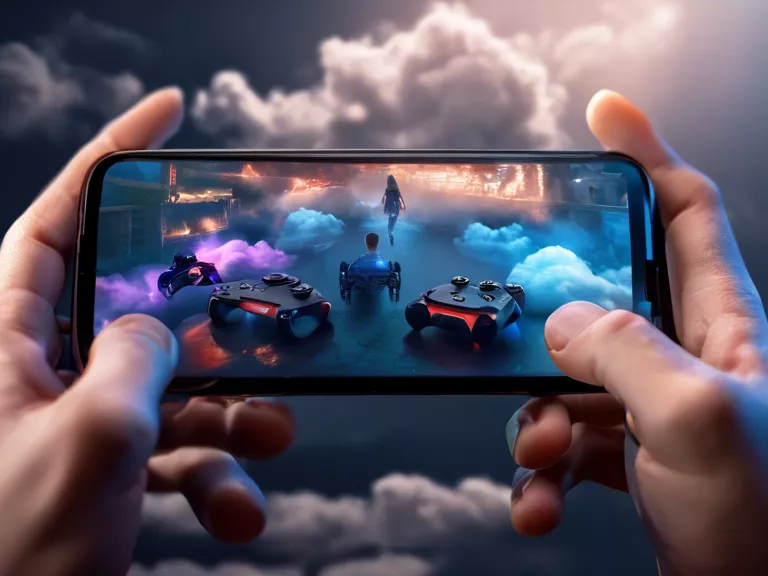
Cloud gaming has revolutionized the way we play video games, offering players the ability to access high-quality games on a variety of devices without the need for expensive hardware. This article will explore the impact of cloud gaming on accessibility and performance across devices, discussing the benefits and challenges that come with this innovative technology.
One of the key benefits of cloud gaming is its accessibility. With cloud gaming services like Google Stadia, GeForce Now, and Microsoft xCloud, players can access a wide range of games on devices such as smartphones, tablets, laptops, and smart TVs. This means that gamers no longer need to invest in expensive gaming hardware to enjoy top-tier gaming experiences. Cloud gaming also allows players to seamlessly switch between devices without losing progress in their games, making it easy to game on the go.
In terms of performance, cloud gaming offers a unique mix of advantages and limitations. On one hand, cloud gaming relies on powerful servers to stream games to player devices, ensuring smooth gameplay and high-quality graphics. This means that even players with older or less powerful devices can enjoy top-tier gaming experiences. However, the performance of cloud gaming is also heavily dependent on the quality of the player's internet connection. Players with slow or unstable internet may experience lag, stuttering, or other performance issues that can detract from their gaming experience.
Despite these challenges, cloud gaming has the potential to democratize gaming by making high-quality games more accessible to a wider audience. As internet infrastructure continues to improve and technology advances, cloud gaming is likely to become an increasingly popular option for gamers looking to enjoy top-tier gaming experiences on a variety of devices.


